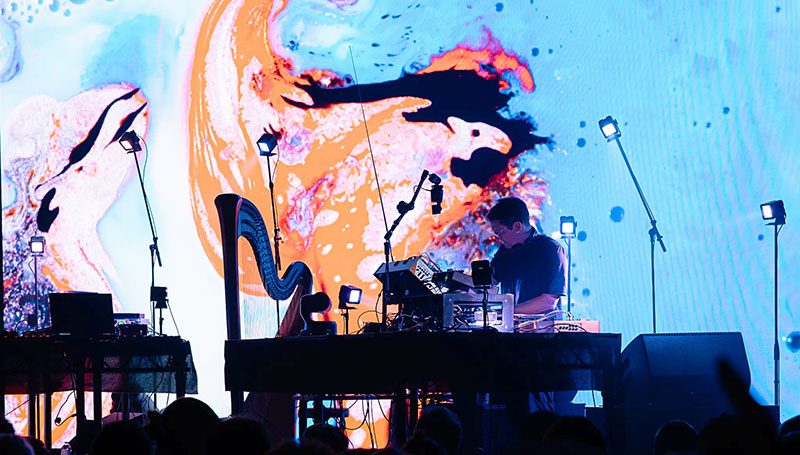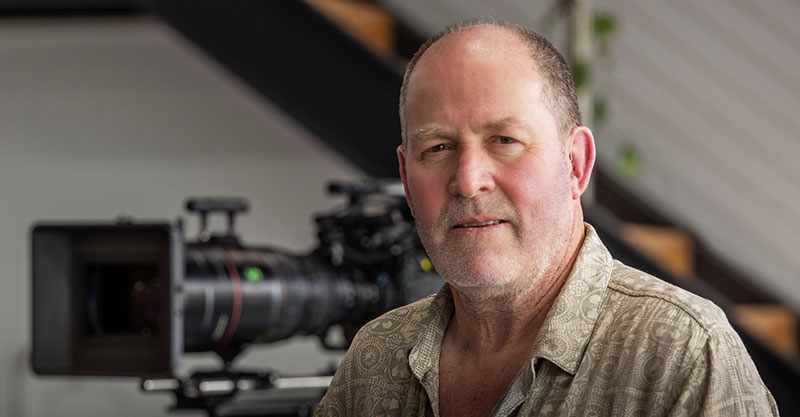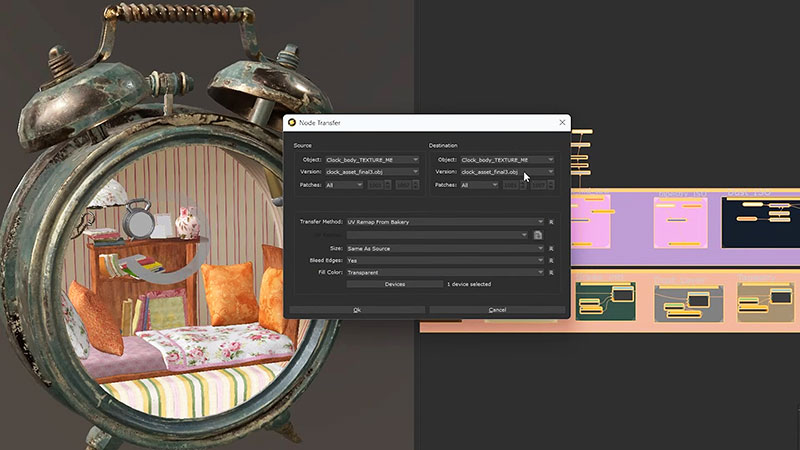The Academy of Motion Picture Arts and Sciences announced 16 scientific and technical achievements to be honoured at its annual ceremony on Friday, 23 February 2024 at the Academy Museum of Motion Pictures.

Scientific and Technical Awards in 2023
The Academy of Motion Picture Arts and Sciences has announced 16 scientific and technical achievements to be honoured at its annual Scientific and Technical Awards ceremony on Friday, 23 February 2024 at the Academy Museum of Motion Pictures.
“The Academy recognises and celebrates all aspects of the film industry and the diverse, talented people who make movies,” said Academy CEO Bill Kramer. “Our Scientific and Technical Awards are a critical part of this mission, as they honour the individuals and companies whose discoveries and innovations have contributed in significant and lasting ways to our motion picture industry.”
“Each year, a global group of technology practitioners and experts sets out to examine the extraordinary tools and techniques employed in the creation of motion pictures,” said Barbara Ford Grant, chair of the Academy’s Scientific and Technical Awards Committee, which oversees the vetting of the awards.
“This year, we honour 16 technologies for their exceptional contributions to how we craft and enhance the movie experience, from the safe execution of special effects, to image presentation fidelity and immersive sound to open frameworks that enable artists to share their digital creations across different software and studios. These remarkable achievements in the arts and sciences of filmmaking have propelled our medium to unprecedented levels of greatness.”
Unlike the other Academy Awards, achievements receiving Scientific and Technical Awards need not have been developed and introduced during a specified period. Instead, they demonstrate a proven record of contributing significant value to the process of making motion pictures.
Technical Achievement Awards (Academy Certificates)
To James Eggleton and Delwyn Holroyd for the design, implementation and integration of the High-Density Encoding (HDE) lossless compression algorithm within the Codex recording toolset.
The HDE codec allows productions to leverage familiar and proven camera raw workflows more efficiently by reducing the storage and bandwidth needed for the increased amounts of data from high-photosite-count cameras.
To Jeff Lait, Dan Bailey and Nick Avramoussis for the continued evolution and expansion of the feature set of OpenVDB.
Core engineering developments contributed by OpenVDB’s open-source community have led to its ongoing success as an enabling platform for representing and manipulating volumetric data for natural phenomena. These additions have helped solidify OpenVDB as an industry standard that drives continued innovation in visual effects.
To Lucas Miller, Christopher Jon Horvath, Steve LaVietes and Joe Ardent for the creation of the Alembic Caching and Interchange system.
Alembic’s algorithms for storing and retrieving baked, time-sampled data enable high-efficiency caching across the digital production pipeline and sharing of scenes between facilities. As an open-source interchange library, Alembic has seen widespread adoption by major software vendors and production studios.
To Oliver Castle and Marcus Schoo for the design and engineering of Atlas, and to Keith Lackey for the prototype creation and early development of Atlas.
Atlas’s scene description and evaluation framework enables the integration of multiple digital content creation tools into a coherent production pipeline. Its plug-in architecture and efficient evaluation engine provide a consistent representation from virtual production through to lighting.
To Arnold Peterson and Elia P Popov for their ongoing design and engineering, and to John Frazier for the initial concept of the Blind Driver Roof Pod.
The roof pod improves the safety, speed and range of stunt driving, extending the options for camera placement while acquiring picture car footage with talent in the vehicle, leading to rapid adoption across the industry.
Scientific and Engineering Awards (Academy Plaques)
To Ken Museth, Peter Cucka and Mihai Aldén for the creation of OpenVDB and its ongoing impact within the motion picture industry.
For over a decade, OpenVDB’s core voxel data structures, programming interface, file format and rich tools for data manipulation continue to be the standard for efficiently representing complex volumetric effects, such as water, fire and smoke.
To Jaden Oh for the concept and development of the Marvelous Designer clothing creation system.
Marvelous Designer introduced a pattern-based approach to digital costume construction, unifying design and visualization and providing a virtual analogy to physical tailoring. Under Jaden Oh’s guidance, the team of engineers, UX designers and 3D designers at CLO Virtual Fashion has helped to raise the quality of appearance and motion in digital wardrobe creations.
To F. Sebastian Grassia, Alex Mohr, Sunya Boonyatera, Brett Levin and Jeremy Cowles for the design and engineering of Pixar’s Universal Scene Description (USD).
USD is the first open-source scene description framework capable of accommodating the full scope of the production workflow across a variety of studio pipelines. Its robust engineering and mature design are exemplified by its versatile layering system and the highly performant crate file format. USD’s wide adoption has made it a de facto interchange format of 3D scenes, enabling alignment and collaboration across the motion picture industry.
To Charles Q Robinson, Nicolas Tsingos, Christophe Chabanne, Mark Vinton and the team of software, hardware and implementation engineers of the Cinema Audio Group at Dolby Laboratories for the creation of the Dolby Atmos Cinema Sound System.
Dolby Atmos has become an industry standard for object-based cinema audio content creation and presents a premier immersive audio experience for theatrical audiences.
To Peter Janssens, Goran Stojmenovik and Wouter D’Oosterlinck for the design and development of the Barco RGB Laser Projector.
The Barco RGB Laser Projector’s novel and modular design with an internally integrated laser light source produces flicker-free uniform image fields with improved contrast and brightness, enabling a widely adopted upgrade path from xenon to laser presentation without the need for alteration to screen or projection booth layout of existing theatres.
More Awards ...
Two further Scientific and Engineering Awards will be awarded, one to Steve Read and Barry Silverstein for their contributions to the design and development of the IMAX Prismless Laser Projector, and one to Michael Perkins, Gerwin Damberg, Trevor Davies and Martin J Richards for the design and development of the Christie E3LH Dolby Vision Cinema Projection System, implemented in collaboration between Dolby Cinema and Christie Digital engineering teams.
Further Technical Achievement Awards will also go to Bill Beck for his pioneering utilisation of semiconductor lasers for theatrical laser projection systems; Gregory T Niven for his pioneering work in using laser diodes for theatrical laser projection systems; Yoshitaka Nakatsu, Yoji Nagao, Tsuyoshi Hirao, Tomonori Morizumi and Kazuma Kozuru for their development of laser diodes for theatrical laser projection systems; and to Jon G Belyeu for the design and engineering of Movie Works Cable Cutter devices – a suite of pyrotechnic cable cutters. www.oscars.org/sci-tech




















